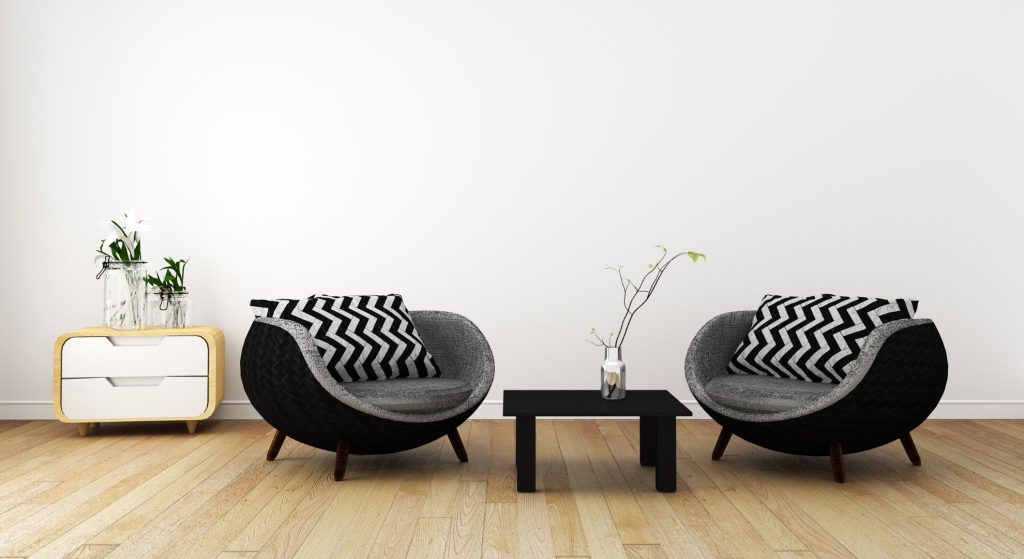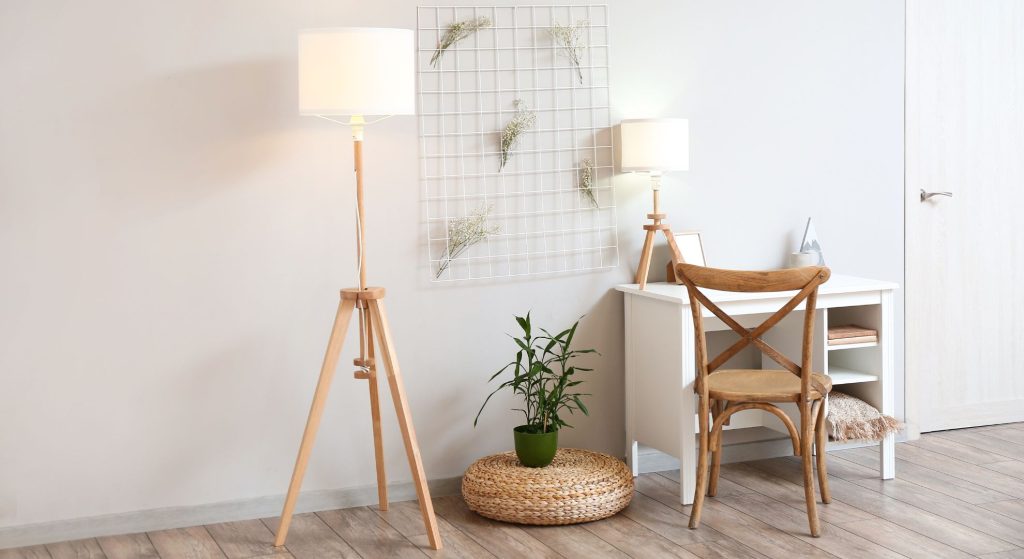The Art Of Less for More Elegance
Minimalism in interior design is more than just a style. It is a philosophy that highlights simplicity, functionality, and elegance. As an art historian deeply passionate about modern aesthetics, my exploration of minimalism in interior design has been enlightening and transformative.
This blog post aims to clarify the concept of minimalism, distinguishing it from similar styles that often confuse newcomers who appreciate refined and organized spaces.
The Essence of Minimalistic Design

Minimalistic design is fundamentally about removing the non-essential, focusing solely on what is necessary. Rooted in the Japanese Zen philosophy, this approach emphasizes harmony, simplicity, and the intrinsic beauty of each element.
Minimalist interiors are defined by clean lines, a monochromatic color scheme, and a selective choice of furnishings representing function and form.
Close Cousins of Minimalism
While minimalism has a different identity, several styles share its appreciation for simplicity, leading to occasional confusion. Here’s an overview of these closely related styles:
- Scandinavian Design: Originating from the Nordic countries, this style mirrors minimalism’s appreciation for simplicity and functionality. Unlike minimalism, Scandinavian interiors also embrace hygge (a Danish concept of coziness and comfort), featuring natural materials, softer textures, and a warmer color palette.
- Japandi: A blend of Japanese and Scandinavian design principles, Japandi upholds the minimalist philosophy with a focus on natural materials, functionality, and harmony of sleek Japanese elegance and Scandinavian warmth. It prioritizes warmth and comfort while maintaining minimalist principles.
- Modernism: Born in the early 20th century, modernist design challenges traditional styles, emphasizing clean lines and modern materials. It shares minimalism’s love for simplicity but includes a variety of expressions that can incorporate vibrant colors and dynamic forms.
- Bauhaus: Initiating from Germany, Bauhaus shares minimalism’s functional design approach but includes a unique blend of art, craft, and technology, often resulting in more experimental forms and industrial materials.
Key Design Principles of Minimalism

Minimalism in interior design prioritizes balance, functionality, and the strategic use of space. Here’s how these principles transform spaces:
- Proportion: Balance between elements ensures no single item dominates, maintaining harmony and visual order.
- Functional Space: Every item in a minimalistic interior design serves a purpose, combining aesthetic appeal with practical utility to keep environments livable and clutter-free.
- Negative Space: The thoughtful use of space highlights key features, enhances room flow, and makes spaces appear larger and more inviting.
By following these principles, minimalist design creates a perfect balance between simplicity and elegance, making each space look beautiful and work well.
Incorporating Minimalism into Modern Spaces
To create a minimalist interior that radiates elegance and peacefulness, consider the following tips:
- Color Palette: Maintain a neutral color palette. Shades of white, gray, and beige are fundamental in creating a calm and cohesive atmosphere, essential in minimalist style interior design.
- Quality Over Quantity: Select fewer, high-quality furniture pieces with clean lines and understated elegance, crucial in minimalist house design.
- Textural Contrast: Use a variety of textures to add depth to the space without overwhelming it with excessive colors or patterns.
- Natural Light: Maximize natural light to enhance the sense of space and openness, a key element in minimalist art and design.
Conclusion
Adopting interior design minimalism is a commitment to a lifestyle that values simplicity, functionality, and beauty. Although it shares characteristics with Scandinavian design, Japandi, modernism, and Bauhaus, minimalism remains distinguished by its unwavering commitment to clutter-free living and the essence of living with less.
By embracing minimalism in our homes and lives, we open ourselves to a world of tranquility, elegance, and mindfulness, discovering the profound beauty of space’s simplicity.
This look at minimalism and similar styles in interior design shows the small differences and highlights how simplicity is appealing in our busy world. Whether you’re a seasoned designer or new to minimalist ideas, there’s a lot of beauty and serenity waiting for the simplicity of design.
